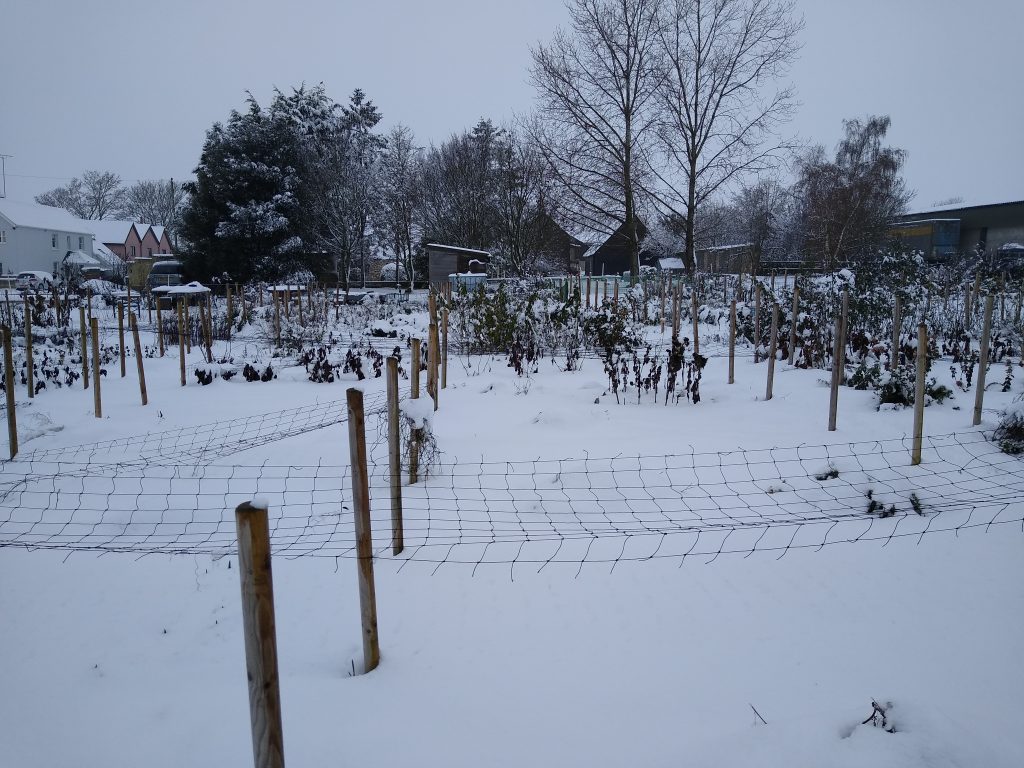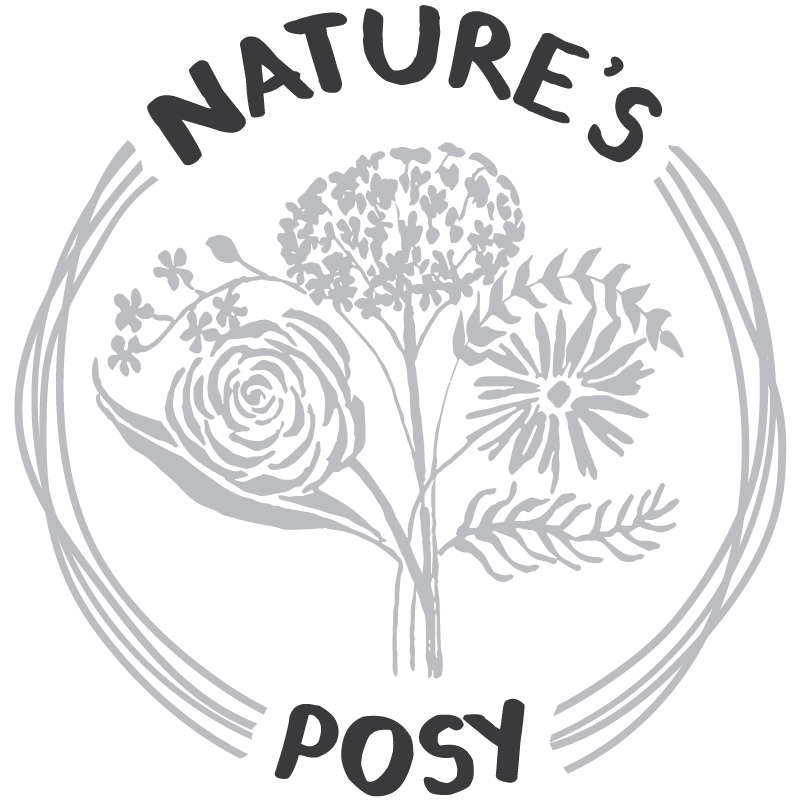
Viola 
December 2022 
Rose hips
As the clocks change and the nights draw in, the flower field starts to really slow down and there aren’t anything like as many flowers to sell.
For those of us who grow in field conditions, without heated glass houses and artificial light a real dilemma sets in. Should we buy flowers in from larger growers who do grow under cover? Should we shut up shop completely until the first narcissi of the spring and hope the rest of the year provides enough to see us through? Will our customers embrace the seasonal cutbacks or simply shop elsewhere?
Every year I work through this with quite a bit of worry if I’m honest, but this year I have become more resolved than ever to find an answer that is right for me.
My first thought is to go back to my ethos and remind myself why I started this in the first place. I wanted to grow seasonal flowers. I didn’t want to force flowers to do things they’re not supposed to just so that I can sell them.
I also wanted to shout about seasonal and local flowers. I feel that it is important to keep the message out there that there are fewer cut flowers available in the winter because the British weather doesn’t naturally allow for fields of them! No-one expects home grown strawberries in November which is why we eat apple pie!
The final key part for me is ‘to embrace what we have and not to worry about what we don’t’. This is the most difficult part of my ethos for me to follow! Sometimes I do wish I had more or different things. However, if I stop and look at what I do have then solutions to my dilemma start appearing. I have seedheads and dried flowers that I have grown and saved. I have rosehips and berries. I also have foliage in every shade of green imaginable. There are winter flowering chrysanthemum and shrubs, and a handful of rogue flower stems that continue to flower just because. With all of these I can create a few bouquets each week to keep things going.
I can also embrace a more unusual option. This is my new ‘winter garden’ – short stemmed, winter flowering plants curated and designed as a bouquet would be to lift the spirits. What’s more, these joyful little arrangements contain spring bulbs and hardy annual seeds with the promise of spring flowering.

And from a business perspective I do need to manage my cashflow so that the busy months of the peak season help to offset the slowing of demand and supply in the darker winter months. No business can survive peaks and troughs without getting to grips with this one.
An important part of my job as a flower farmer is to engage and communicate. It’s to get people to think about where their flowers come from in the same way as they may do about their food, or other goods they choose to buy. This is important. Our world is changing, and not necessarily for the better. We should think about our choices as consumers and the impact this has. If I can help people to do this through my flowers (or lack of!) then my dilemma suddenly becomes much less of a dilemma and my choice is obvious.
